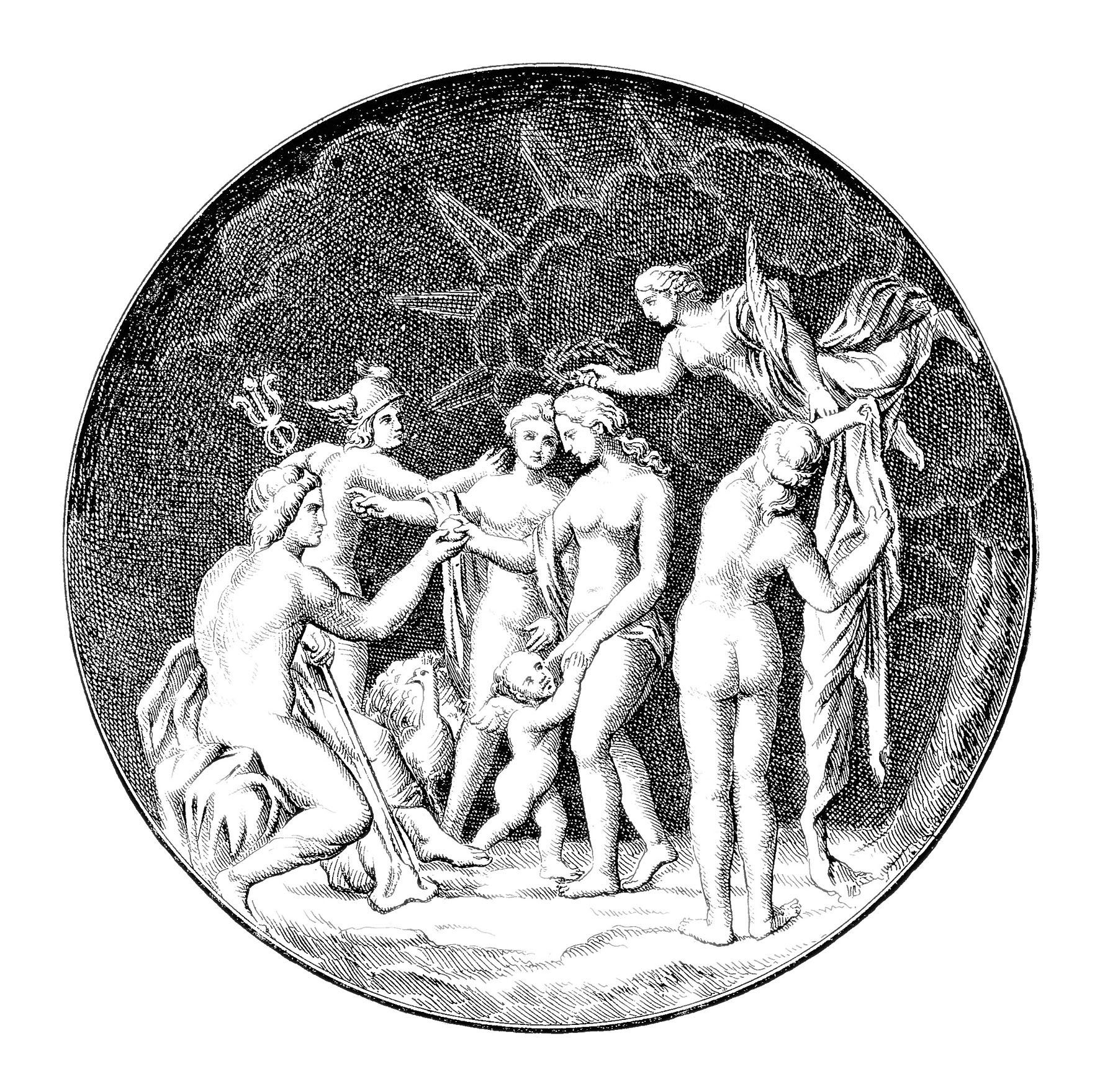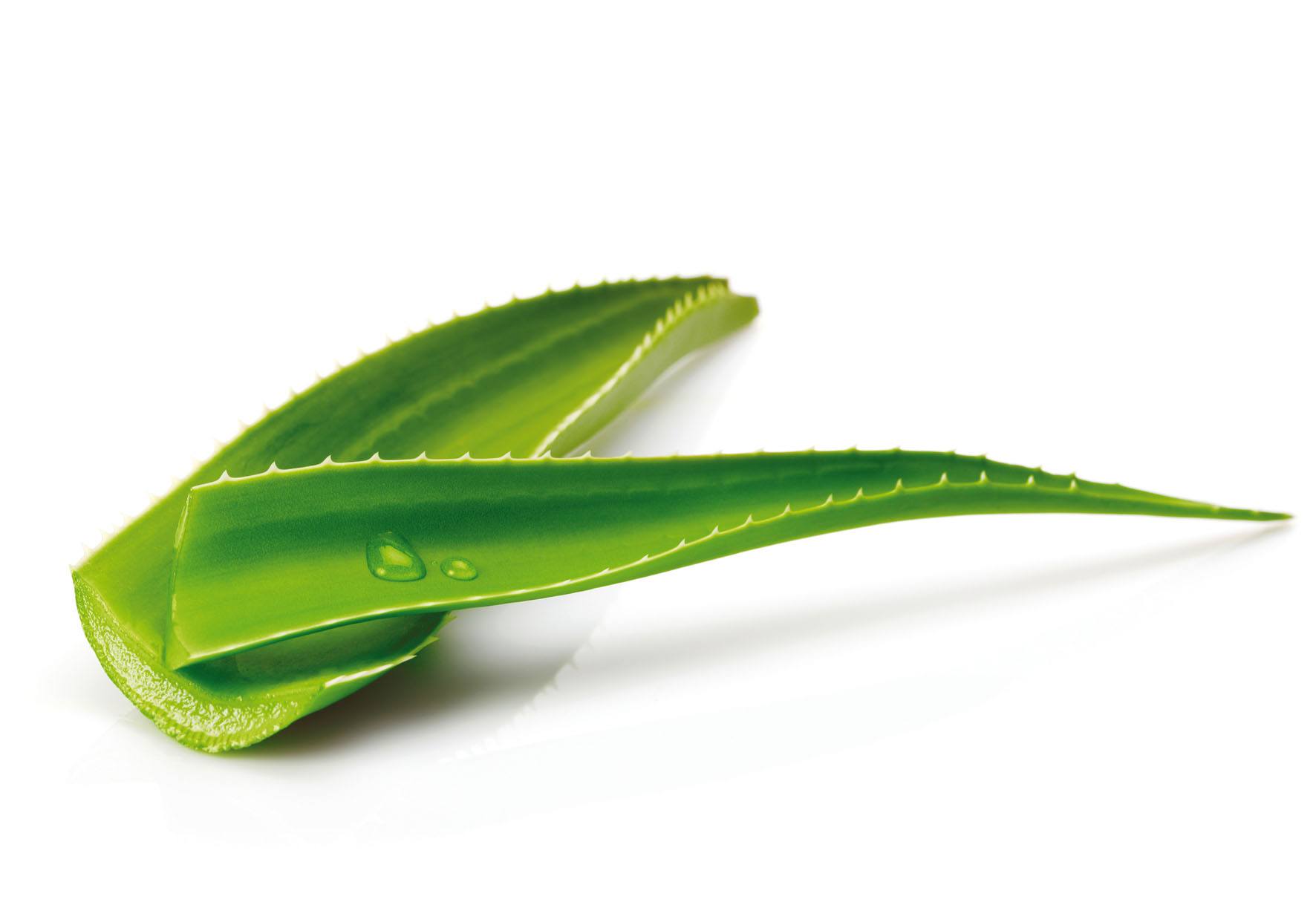Today’s search for health and beauty is often akin to an odyssey. Unconsidered habits, daily time pressure and an oversupply of products have significantly diverted man away from his actual path – a lifestyle close to nature. One that can actually deliver all the things promised by the food and cosmetics industry. Everywhere you read, you hear about a resilient organism all the way to smooth, wrinkle-free skin. This sounds enticing. However, the body can only be vital and beautiful if healthy nutrition and long-term care go hand in hand.
Those who turn their gaze inwards immediately know which foods on their own menu are agreeable. When it comes to cosmetics, this is a bit more difficult. Products based on softeners and other additives often feign a hair and skin state that does not actually exist. For example, some standard creams clog pores and cover the skin like a film. On the outside, this gives the impression of softness, but the reality of the situation becomes clear the next time you shower. The skin suffers beneath the supposedly treated surface. Instead of disposing of such products, a lot of people react in the opposite manner. Hoping for regeneration, they use even more – a vicious cycle that can have serious consequences. The skin can no longer breathe and waste products are no longer sufficiently secreted.
The true appearance increasingly deteriorates: The skin becomes drier and more wrinkled. And this is despite the fact that the road to healthy care has actually been paved for a long time: Body care products made from natural ingredients support the metabolism of the skin and thus not only contribute to natural beauty, but also to health on a long-term basis.
What can I put into my body?
Damaging substances enter our bodies both through the skin and by means of the food we ingest. Deposited in the connective tissue, chemical additives from foodstuffs and care products put a strain on the body. It is therefore important to know what one should eat and how to care for oneself. Natural agents help the body to reach an equilibrium. And what is good for the body also affects the psyche. Therefore, scrutiny pays off by ensuring that the body only gets the things it can actually benefit from. This rules out a lot of convenience products the food and beverages industry has to offer. The general rule is that fresh things are good things.
A simple question serves as an orientation aid in the supermarket: Which products would exist without the food industry? The remaining products are in most cases healthy or at least justifiable. Based on the example of potato chips, this means that industrially produced chips cannot be recommended. Because these chips are often just potato powder that has been pressed into slices, loaded with flavor enhancers and then fried in cheap oil, they are not part of a balanced diet. If, on the other hand, one dries fresh potato slices in the oven, sprinkles them with high-quality vegetable oil and uses natural flavourings, then chips can definitely support a healthy diet.

In cosmetics, the same principle applies. When they remain unaltered, natural ingredients can realize the full potential of their powerful effects. Old household remedies in particular have proven their worth over Feuchtigkeitsvergenerations – as cosmetics and as a remedy for physical ailments. However, those wishing to do their body some good do not necessarily have to scour the woods for herbs. High-quality natural cosmetics products have harnessed the positive effects of natural ingredients and now significantly stand out from mass products. They guarantee the use of high-quality ingredients and compliance with strict manufacturing criteria, such as the lack of softeners. In order to make an individually balanced choice, one must know what the skin requires for optimal care as well as which properties the various plants have. Biological wheat germ oil and top-quality aloe vera, for example, highlight the tremendous power contained in natural substances.
Ancient Arabic features no less than 33 metaphors to describe hair on the head – from “darkness” and “net” to “night,” and right up to “raven.” A groomed, full head of hair has always been seen as both aesthetic and erotic in men and women. The remaining body hair, on the other hand, has always been seen as an annoying nuisance, to be dealt with by whatever means and techniques necessary. A hairless body signalled diligent care, while those who let hair grow on their body were viewed as sloppy and soiled. Even works as early as the “Ars amatoria,” written by the Roman poet Ovid, supplied instructions on how to correctly care for the female body – shaving was a “must.”
Over the course of time, women have especially refined their rituals on how to remove unwanted body hair – on the legs, in the armpits, but also in the pubic area. In the hammams, for example, an abundance of hair removal creams and salves were used, including “Halawa” – a mixture of lemon juice, water and sugar, which similar to removing hair by means of waxing, was ripped off the skin and removed the hair with its root. This method, which was known as “sugaring” and was handed down over centuries, still causes tears to spring in the eyes of men and women today. Just imagine people wincing in the ancient bath houses from the same pain as today in modern hair removal studios. And this act of torture always had the same goal: to be beautiful and desirable. But such endeavors are not for every type of skin.
Soft and smooth
Wet shaving is still the most skin-friendly method for hair removal. It does entail having to make use of the razor more often in order to obtain that silky skin feeling, but on the other hand, correct handling with a “solid tool” and high-quality shaving care products allows you to deal with far less redness, inflammation and ingrown hair than alternative methods such as waxing or plucking.
However, there are a few things that need to be kept in mind to achieve optimal results: Hair should not be longer than about a third of an inch as it will not stand up otherwise and will be difficult to shave off. Especially sensitive areas such as the armpits or the pubic area require taught skin in order to be shaved completely and safely. Furthermore, the blade should only be guided against the growth direction of hair in areas where the skin is not sensitive. The regular final touch should be achieved by means of peeling. It removes shed flakes of skin and avoids ingrown hairs.
If you follow these hints and tips, you will be astounded at how soon the skin returns to youthful suppleness. At this point, it is best to let someone else stroke it and one thing is bound to happen: the “wow – how smooth!“ effect, and maybe even a little bit more…
Looking at a drop of water, you are essentially looking at yourself. A human being is made up of roughly two thirds water. No human, no individual organism on this world could have ever developed without water. This knowledge has existed for a long time, even before we were able to put it down in writing. Water was already venerated in antiquity as the source of all existence.
The German philosopher Hegel dubbed it the element of the selfless opposite: “Water’s existence is being-for-others… its determination is to be the thing that is not yet special and it has therefore been called ‘the mother of all special things’ from an early age onwards.” Across civilizations, most of which assumed that life had started in the oceans, an abundance of creation myths have been developed. In their different versions, they all depicted water as the mirror of the universe and subsequently found their continuation in the world religions. The first book of Moses, for example, states: “In the beginning God created the heavens and the earth. Now the earth was formless and empty, darkness was over the surface of the deep, and the Spirit of God was hovering over the waters.”
In the Japanese creation myth, a gigantic carp awakens from its slumber and thrashes around so violently that it creates a tidal wave, causing the Japanese islands to surface on the face of the earth. The Indian god Vishnu, on the other hand, shapes the earth while resting on a snake gliding through the cosmic waters.
Ancient water myths
Starting in antiquity, several water gods were venerated. Some were benign, others evil. They were all, however, omnipotent. Like Okeanos, for example, the origin of all gods and simultaneously the river flowing around the world, or Poseidon, the god of the ocean. The most alluring of the classic goddesses relating to water is Aphrodite or Venus, her Roman counterpart. According to the myth, she was born of the semen of sea foam and blood and rose out of a scallop on Cyprus. She was so beautiful that the seasons of the year came and were bedazzled by the sight of her. As the goddess of love and beauty the “foam-born” inspired numerous artists. This led to the creation of some of the greatest masterpieces in art history, such as the Greek antique statue “Venus of Milo,” Botticelli’s painting “Birth of Venus” or Titian’s work of art “Venus of Urbino.”
People also believed in water nymphs who reigned over streams, springs and grottoes, in sea nymphs who saved mariners and shipwrecked sailors, but also in sea monsters and mermaids – seductive and irresistible creatures – who robbed men of their senses with their demonic attraction and at times cost them their lives. They embodied both the life-threatening and life-giving aspect of water. However, the veneration of water found its expression not only in mythology, but also in cultural rituals.
In order to produce rain, people carried out mystic ceremonies, in the course of which rain dances were performed to exhaustion. Sacrifices were made or processions held with songs of invocation. One washed away “evil” with holy water and subjected the spirit to a spiritual cleansing, also mirrored by the washing of the dead in all cultures. And last but not least, the ritual of baptism symbolizes a bond with God for believers.
The primary functions of the upper layer are the immune response as well as UV protection and protection against dehydration. The true skin, on the other hand, is responsible for the production of oil via the oil glands and thermoregulation. This is where the alarm system of the skin is located, nutrients are transported through blood vessels and waste products are secreted via sweat glands. The subcutaneous tissue also plays an important role in regulating temperature and transporting nutrients. Furthermore, pheromones are produced here, and the body’s own water is regulated by means of blood vessels and the lymphatic system. Last but not least, the subcutaneous tissue also has buffering and insulation functions.
The hydrolipid film
The surface of the skin is covered by a thin film, which consists of body oils from the oil glands, free lipids and sweat compounds: the so-called hydrolipid film. The fatty acids are partially broken down by lipases (fat-splitting enzymes); this results in a slight lowering of the pH-value to 5.5–6.5, i.e. to a slightly acidic state. This is where the term “acid mantle” comes from. This primarily has an antimicrobial protective function and supports the smoothness of the skin. When it comes to supplying moisture, the hydrolipid film does not play a starring role: This function is mostly taken over by the lipid layer.
Two factors are significant for the healthy appearance of our skin: On the one hand, an intact, smooth and flexible horny layer without visible dander and, on the other hand, the moisture level of the horny layer. Hydrophilics, i.e. water-attracting substances, capture water in the cells. The impulse for the skin to form these substances depends on their water level. They consist of amino acids, free carbonic acids, pyrrolidone carbonic acid, organic acids such as lactic acid, salts such as sodium, potassium and calcium, and urea.
Maintaining skin moisture levels
Natural cosmetics offer two effective strategies to keep moisture in the skin: The first aims at utilizing water- attracting substances, which bind moisture upon application and keep it in the horny layer. They are utilized by corresponding compounds in the aqueous phase; valuable phospholipids in vegetable oils feed them into the skin and support its hydration. The other approach makes use of the ability of vegetable oils to reconstruct the barrier layer of the skin and to reduce water evaporation of the skin, without completely clogging it. As a result, the flow of the body’s own water is inversed and skin moisture is maintained. Phytosterols and fatty acids such as oil, palmitic and palmitoleic acid regenerate the lipid layers necessary for an intact horny layer.
Last but not least, a third factor also has a hydrating effect: Emulsions, which we normally use cosmetically, contain bonded water and so-called bulk water depending on the emulsifier and the emulsion type. It is deposited in the hydrophilic areas of the lipid layer and can immediately saturate the horny layer in an effective manner. The bonded water of the emulsion, on the other hand, is distributed gradually, similar to a water reservoir. Furthermore, active agents of an emulsion are more easily absorbed by intact skin, as they are offered in a form which corresponds to the structure of the skin lipids.
Avocado oil and grape seed oil
In this regard, avocado and grape seed oil are able to work true miracles. Rich in lecithin, they are said to have a “gliding channel effect,” making them optimal pathways for active ingredients into the skin.
Wheat germ oil
The golden yellow wheat germ oil is also on the list of high-quality ingredients. It is among the most expensive vegetable oils and features a high degree of polyunsaturated fatty acids and vitamin E. As a result, it is effective against premature aging of the skin and also serves as an excellent hair protection agent. The polyunsaturated fatty acids support the build-up of cells in the hair root and can stop hair loss. Wheat germ oil also plays an important role in nutrition. It helps to lower cholesterol levels and increases physical performance.
Aloe vera
This nondescript member of the lily family features a unique abundance of active agents not found anywhere else in nature. The exceptional biological makeup of aloe vera includes polysaccharides, vitamins, enzymes, mineral supplements and amino acids – everything a healthy human organism requires. As a result, the “empress of the medicinal plants” plays an important role in natural cosmetics and serves to revitalize the body as a whole. As aloe vera has a cooling effect and provides a lot of moisture, it is counted among the best remedies for damaged skin, especially sunburns. Do note, however, that the concentration and quality of the plant additives must be correct. According to the World Health Organisation (WHO), the gel of the freshly cut leaf works best.
It would be easy to continue listing fantastic natural remedies, which exist in abundance and whose areas of application fill entire encyclopedias. On the following pages, however, we will explicitly deal with two great stars in the field of natural cosmetics – olive oil and the pomegranate.


